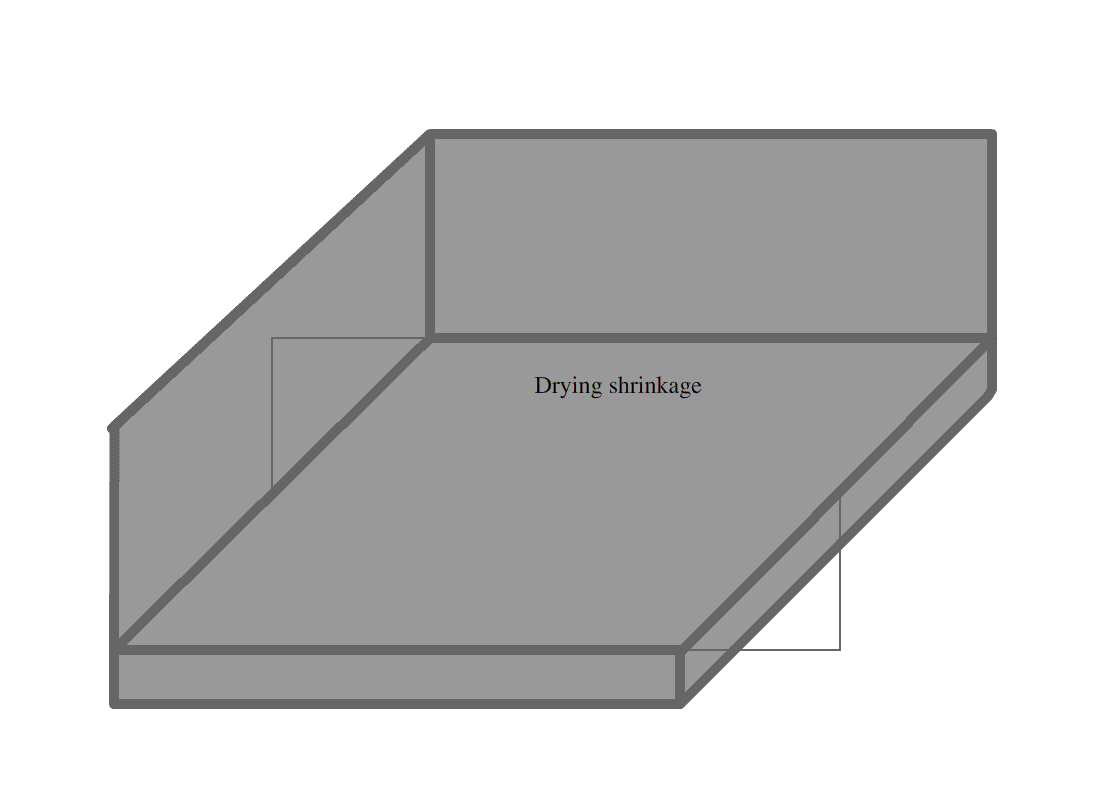Case 3
Navigation
- Introduction
- Causes of Defects
- Good Practices
- Standards
- Maintenance and Diagnostics
- Remedial
- Similar Cases
- References
Cause of Defects
- Poor application such as poor surface preparation, poor mixing etc. or poor selection of material of waterproofing may lead to debond the system, failing tiles. This was evident from the petrographic examination of the microstructures of the last layer. Mixing of the cementitious waterproofing was poor due to the presence unhydrated lumps of cement.
- Delamination within the tiling system could be due to insufficient tapping of tiles into place or tiles applied onto the adhesive layer after lapse of “open time” or contamination of the back of tile with dust and dirt deposits which form a barrier against proper adhesion between surfaces.
- Failure to soak porous tiles before tiling might result in high suction of tiles that remove water from the cement mortar tile bed and affect its bond strength. Subsequently, the tiles expand with moisture absorption and induce stresses in the tiling system.
- Stresses from drying shrinkage movement in concrete substrate or screed due to lack of proper curing could also lead to debonding.

- Tile cracks may be due to the differential movements of the building structure and lack of proper movement joints.
- The use of defective tiles could later develop crazing on its surfaces with temperature changes on the surface.
